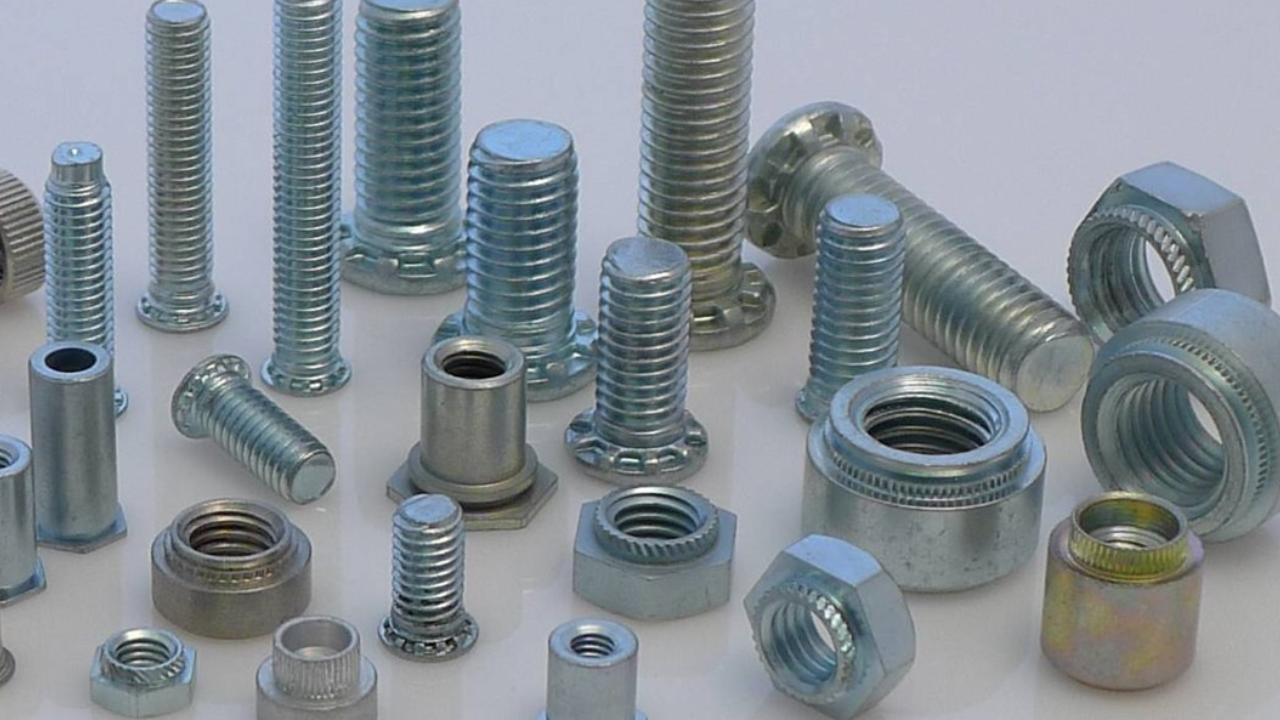Stainless steel (SS) screws are hailed for their unparalleled toughness, erosion resistance, and versatility over differing applications. In a time where maintainability is foremost in manufacturing and construction, the importance of SS screws is encouraged and underscored. Their characteristic life span decreases the requirement for visit substitutions, minimizing asset utilization and waste era. In addition, SS screws’ resistance to erosion guarantees prolonged benefit life, contributing to the life span of structures and apparatus.
As maintainability takes center to arrange, the accentuation on selecting materials with negligible natural effect develops. SS screws adjust with this ethos by advertising a feasible elective to conventional fastening solutions. Their recyclability encourages and improves their eco-friendly profile, empowering the recuperation of profitable materials for reuse within the generation cycle. As businesses endeavor for greener practices, the persevering unwavering quality and supportability of SS screws position them as indispensable components within the journey for a more ecologically cognizant future.
Understanding Stainless Steel Composition
Sometime recently digging into reusing, it’s basic to get it the composition of stainless steel. SS is a combination fundamentally composed of press, chromium, nickel, and other elements. The presence of chromium upgrades erosion resistance, whereas nickel includes quality and ductility. These characteristics make SS screws highly tough and long-lasting, but they too posture challenges for reusing due to the complexity of the combination.
Challenges of Reusing SS Screws
Reusing SS screws presents a few challenges compared to other materials. Unlike aluminum or plastic, SS cannot be dissolved down and reused uncertainly without compromising its properties. The alloy’s complex composition, counting different grades and additives, complicates the recycling process and requires cautious sorting and division to preserve quality and judgment.
Reusing Processes for SS Screws
Despite the challenges, SS screws can be reused in different forms. One common strategy is destroying, where the screws are broken down into smaller pieces for preparation. These pieces are at that point sorted, cleaned, and liquefied in a heater to extricate the valuable metals, essentially press, chromium, and nickel. The recovered metals can at that point be utilized to create unused SS items or other stainless steel combinations.
Environmental Suggestions
Reusing SS screws offers critical natural benefits. By redirecting squandering from landfills and diminishing the requirement for virgin materials, reusing makes a difference in moderating common assets and reducing vitality utilization, nursery gas emanations, and contamination related to mining and extraction. Moreover, reusing SS decreases the request for crude materials, moderating the natural effect of stainless steel generation.
Financial Considerations
Whereas reusing SS screws offers natural benefits, it moreover presents financial openings. The esteem of reused stainless steel is considerable, making it an appealing product for reusing offices and scrap metal merchants. By recovering important metals from SS screws, recyclers can create income whereas contributing to sustainable practices and circular economy standards.
Industry Activities and Innovation
In reaction to growing supportability concerns, the stainless steel industry is contributing to recycling activities and advancement. Progressed sorting innovations, material recognizable proof systems, and combination partition procedures are being created to make strides in the productivity and viability of SS reusing. Furthermore, industry collaborations and organizations are cultivating the advancement of closed-loop frameworks and economical supply chains for stainless steel items.
Consumer Instruction and Engagement
Consumer instruction and engagement play a significant part in advancing SS reusing. Teaching buyers almost the recyclability of SS screws, appropriate transfer strategies, and the significance of reusing can energize interest and back feasible hones. Besides, activities such as item labeling, certification programs, and reusing motivating forces can incentivize customers to select SS items and take part in reusing efforts.
Conclusion
Whereas SS screws display challenges for reusing due to their complex composition, they can be reused through different forms to recover important metals and promote sustainability. Reusing SS screws offers critical natural benefits, counting asset preservation, vitality reserve funds, and decreased contamination. Industry activities, development, and shopper engagement are fundamental for progressing SS reusing and cultivating a circular economy for stainless steel items. By grasping reusing and feasible hones, the SS industry can minimize its environmental impression and contribute to a more maintainable future.
